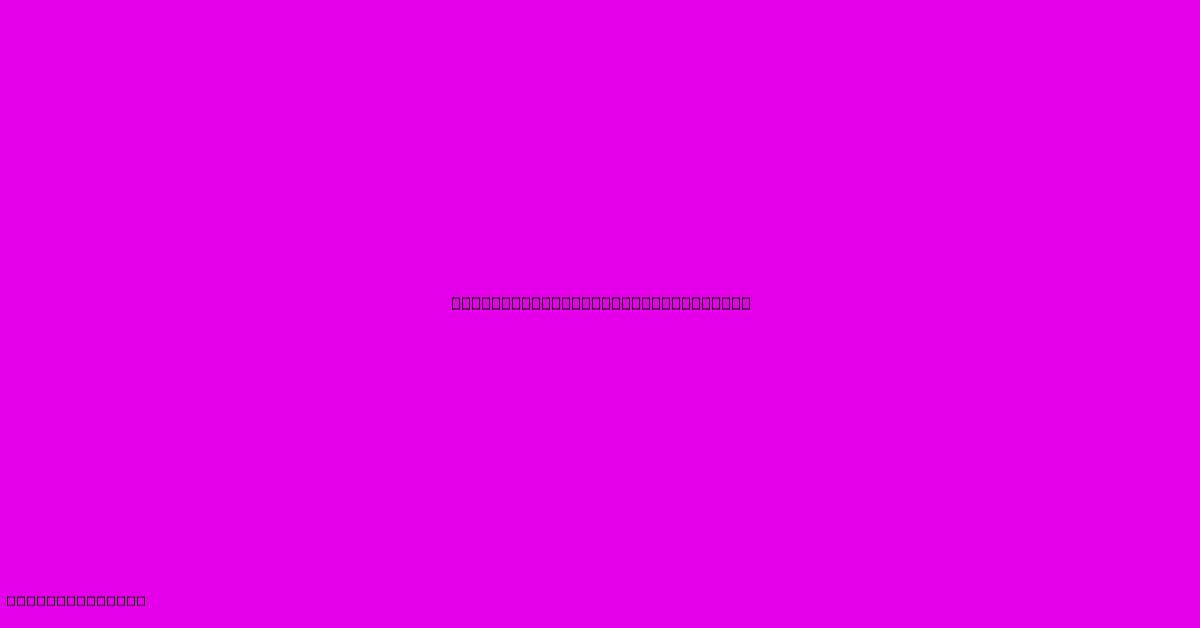Advanced Cleaning Technologies

Discover more detailed and exciting information on our website. Click the link below to start your adventure: Visit Best Website mr.cleine.com. Don't miss out!
Table of Contents
Advanced Cleaning Technologies: Revolutionizing Hygiene and Efficiency
The world of cleaning is undergoing a significant transformation, driven by advancements in technology that are making cleaning processes more efficient, effective, and environmentally friendly. This article explores some of the leading-edge technologies shaping the future of hygiene and cleanliness.
1. Robotic Cleaning Systems:
Gone are the days of solely relying on manual labor for large-scale cleaning. Robotic cleaning systems are increasingly prevalent, automating tasks such as floor scrubbing, window cleaning, and even disinfection. These robots utilize advanced sensors, mapping technologies (like SLAM – Simultaneous Localization and Mapping), and AI-powered navigation to efficiently clean complex environments. Benefits include increased productivity, reduced labor costs, and improved consistency in cleaning standards.
- Types: Autonomous floor scrubbers, robotic vacuum cleaners, window cleaning robots, UV disinfection robots.
- Advantages: Increased efficiency, reduced labor costs, consistent cleaning quality, improved safety (in hazardous environments).
- Challenges: Initial investment cost, integration with existing infrastructure, potential for malfunction and requiring maintenance.
2. Ultraviolet (UV) Disinfection:
UV-C light is a powerful germicidal tool that effectively eliminates bacteria, viruses, and other pathogens. UV disinfection technologies are now being integrated into various cleaning tools and systems. From handheld UV wands for smaller surfaces to large-scale UV disinfection systems for hospitals and public spaces, this technology offers a powerful, chemical-free approach to disinfection.
- Applications: Hospital sterilization, water purification, surface disinfection in public areas, air purification systems.
- Advantages: Chemical-free disinfection, effective against a wide range of pathogens, fast disinfection times.
- Challenges: Safety precautions required (UV-C light can be harmful to human skin and eyes), potential for uneven disinfection if not properly implemented.
3. Nanotechnology in Cleaning:
Nanotechnology is revolutionizing cleaning products by creating materials with enhanced cleaning properties. Nanoparticles can be incorporated into cleaning solutions to improve their ability to penetrate and remove stains, dirt, and grime. Furthermore, self-cleaning surfaces coated with nanomaterials are becoming increasingly common, reducing the frequency of cleaning required.
- Applications: Stain removal, antimicrobial coatings, self-cleaning surfaces, improved detergent formulations.
- Advantages: Enhanced cleaning effectiveness, reduced chemical usage, longer-lasting cleaning effects.
- Challenges: Potential environmental and health concerns associated with certain nanoparticles, high initial costs for nanomaterial coatings.
4. Smart Cleaning Technology and IoT Integration:
The Internet of Things (IoT) is transforming cleaning operations through smart sensors, data analytics, and remote monitoring. Smart cleaning tools can track usage, report on cleaning status, and optimize cleaning schedules based on real-time data. This data-driven approach improves efficiency, reduces waste, and ensures optimal hygiene levels.
- Applications: Real-time monitoring of cleaning equipment, predictive maintenance, optimized cleaning schedules, data-driven insights into cleaning effectiveness.
- Advantages: Improved efficiency, reduced waste, proactive maintenance, enhanced data-driven decision making.
- Challenges: Data security concerns, integration complexities, potential for system failures.
5. Electrostatic Spraying:
Electrostatic spraying technology uses an electrical charge to apply cleaning solutions to surfaces, ensuring better coverage and penetration. This technology is particularly useful for disinfecting large areas and hard-to-reach places, leading to more effective pathogen elimination.
- Applications: Disinfection of large areas, vehicle cleaning, industrial cleaning, hospital disinfection.
- Advantages: Improved coverage, reduced solution usage, effective disinfection, less environmental impact.
- Challenges: Requires specialized equipment, training needed for safe and efficient operation.
The Future of Advanced Cleaning Technologies:
The field of advanced cleaning technologies continues to evolve rapidly. Future innovations will likely focus on further automation, improved efficiency, greater sustainability, and enhanced integration with other smart building technologies. The goal is to create cleaner, healthier, and more sustainable environments through the application of innovative cleaning solutions. Expect to see more sophisticated AI-powered robots, more environmentally friendly cleaning solutions, and increasingly integrated smart cleaning systems in the years to come.

Thank you for visiting our website wich cover about Advanced Cleaning Technologies. We hope the information provided has been useful to you. Feel free to contact us if you have any questions or need further assistance. See you next time and dont miss to bookmark.
Featured Posts
-
Business Information Technology Careers
Jan 03, 2025
-
Purdue Technology Center
Jan 03, 2025
-
Arts A V Technology And Communications Career
Jan 03, 2025
-
A Plus Technology
Jan 03, 2025
-
Marine Technologies International
Jan 03, 2025
